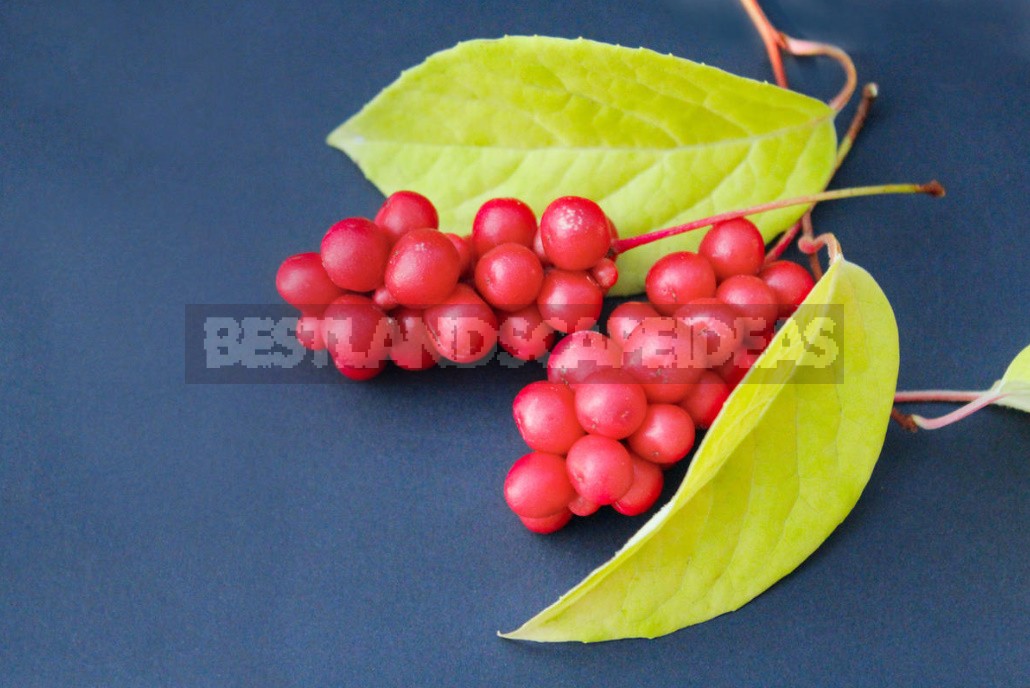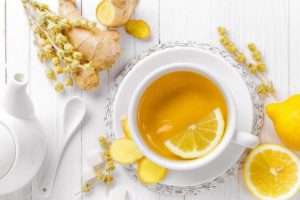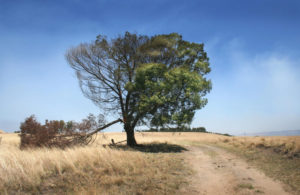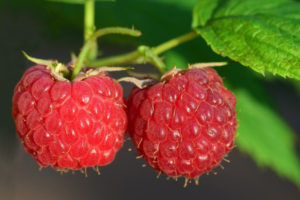
After ginseng, one of the most famous medicinal plants that helps restore strength and gives energy is certainly Schisandra chinensis. It increases the immune system, has an invigorating and tonic effect. In this article we will talk about its useful properties, the use in the medicine and contraindications for the application.
A medicinal plant native to China
The homeland of Schisandra chinensis, as the name implies, is China. For more than 15 centuries, local residents have used it to restore strength after various diseases, maintain vigor and strengthen the immune system. In Europe, the plant came at the end of the XIX century and quickly gained popularity among hunters: its dried berries helped them to maintain vigor and save energy.
Today, the properties of Schisandra chinensis are well studied by official medicine. Drugs based on it help restore vision, activate energy production and maintain performance, stimulating the immune system to fight infection.
Schisandra chinensis refers to flowering and fruiting lianas that shed their leaves for the winter. The stems and leaves have a lemon flavor. Fresh berries are sour to the taste, and the bones in them are strongly knit, so they are rarely used in their pure form. They are, as they say, for an Amateur.

Most often, schisandra chinensis fruits are added when preparing juices and compotes, jams, marmalade or wine. They can also be filled with honey or rubbed with sugar in a ratio of 1:1. also, natural juice is prepared from berries. It is perfectly stored at a temperature of +4…+6ºC without losing its healing properties. If it is diluted with water or added to tea, it turns out to be an invigorating, mood-boosting and emotional drink. Twigs and leaves of Schisandra chinensis are used for brewing tea, which has a General tonic effect. It can be consumed hot in winter and chilled in summer. It gives cheerfulness, relieves fatigue and drowsiness.
Harvesting of Schisandra chinensis
There are two variants of the billet:
- harvest of ripe fruits in the autumn period,
- cutting leaves and branches.
If the plant is grown to produce fruit, it is worth planting a few lianas next to it so that they are better pollinated. Berries are harvested after full maturation in late September and October, until the first frosts.
If the plant is used for cutting, it is necessary in the first half of August to prune the shoots that have grown over the year along with the leaves. They are dried and used for the preparation of medicinal collections.
Processing of raw materials and the use of
As soon as the berries are collected, they should be thoroughly washed under running water, placed in containers and sprinkled with sugar. After 1-2 weeks, the juice will stand out, the berries will pop up on top of it. The resulting juice is drained into bottles that need to be stored in a cold place. It is 1 teaspoon added to drinks (juice, tea, compote).

Berries can be dried in the oven at a temperature not higher than 70° C for 3-4 days.
Alcohol tincture
Alcohol tinctures (20 g of berries per 100 ml of 70% alcohol) are prepared in dark glass bottles for 10 days. The resulting infusion is filtered, the remains are squeezed out, another 20 ml of alcohol is added to the bottle, and it is allowed to infuse for another 10 days. The tincture is taken 20-25 drops before meals three times a day in courses of 20 days to improve performance and restore strength after stress.
Infusion
An infusion of twigs and leaves of Schisandra chinensis has a similar effect. It is prepared by pouring 1 tablespoon of raw material with boiling water and infusing until completely cooled. You can also prepare an infusion of berries.
A decoction of the berries
The broth is prepared by taking 20 g of dried berries and filling them with 200 ml of boiling water, infusing for 4 hours. Take 1 tablespoon three times a day for up to 4 weeks.
What are the medicinal properties of Schisandra chinensis
This plant is used for the treatment and prevention of many pathologies. Especially valuable is considered to be a stimulant of the nervous system contained in it. It stimulates the production of ATP by cells from glucose and oxygen, helps to recover faster from stress-emotional and physical, improves recovery after infections, injuries and operations. Schisandra chinensis is used during periods of active mental stress, when attention and concentration are needed, and to improve memory. Unlike many medications, Schisandra chinensis does not cause subsequent depletion of overloaded nerve cells.
No less useful are citric and malic acids, tannins, pectins and vitamin R. In addition, Schisandra chinensis berries contain a lot of vitamin E and C, as well as saponins that reduce the level of “bad” cholesterol. Fruits, branches and leaves contain essential oil that gives them a lemon flavor and is useful for the immune system.
Tinctures, decoctions and extracts of Schisandra chinensis are used to normalize blood pressure and sugar levels, relax blood vessels, and increase visual acuity. The plant is also indicated for the treatment of neurosis, depression and asthenia.

Schisandra chinensis has a fairly pronounced effect on increasing male potency, which is why extracts are often added to drugs for the treatment of erectile dysfunction.
Contraindications for use
Although Schisandra chinensis is very useful, there are a number of contraindications to taking it. It is forbidden to use it for hypertensive crises, nervous excitement or psychosis, arrhythmias with tachycardia, gastritis with increased acidity. If you plan to treat children, you must first consult with a pediatrician.




Leave a Reply